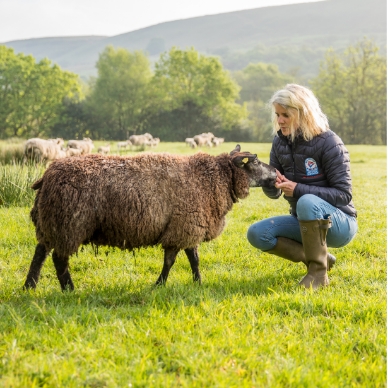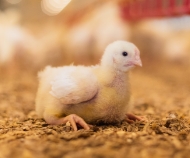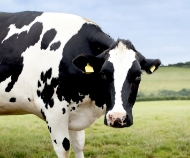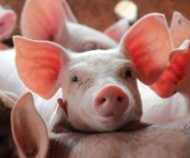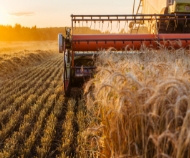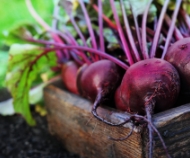Beef and Lamb Standards
Our beef and lamb farm members are committed to maintaining rigorous standards, so you can be confident your food is traceable, safe and farmed with care.
“Standards vary hugely throughout the world and what’s commonplace in other countries is illegal here. So just by looking for the Red Tractor logo you can see that it has been produced to British standards and is British food.”
Richard
Red Tractor beef and lamb farm member
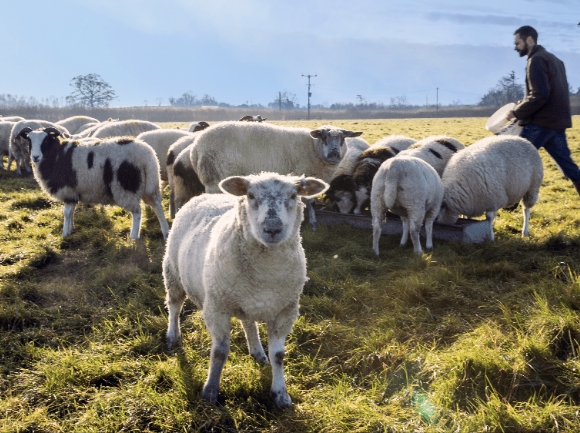
Our beef and lamb standards include:
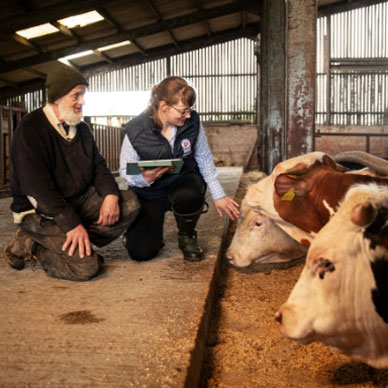
The animals must receive a full healthy diet. The feed they receive must be suitable, clean, traceable and palatable.
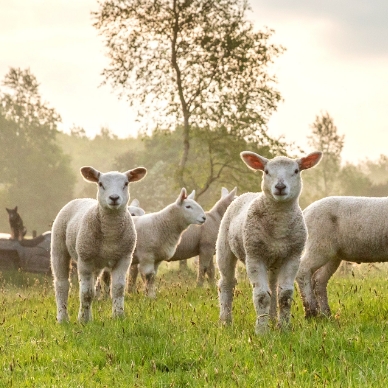
Anyone working on a
Red Tractor certified
farm must be trained and demonstrably competent
to carry out their role.
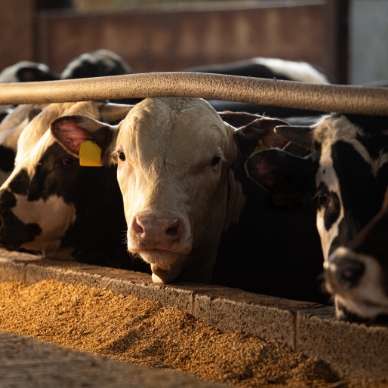
All cattle have a UK passport and receive two tags within 20 days of their birth. Sheep must be identified and records kept to maintain traceability.
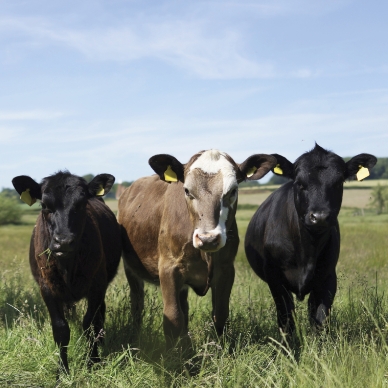
The health and welfare of the cattle and sheep must be proactively managed. Every farm must have a Livestock Health Plan and complete an annual health and performance review by a vet.
